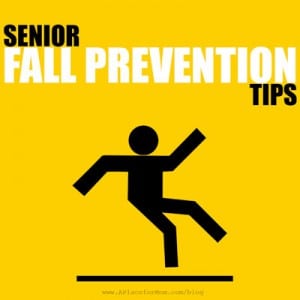
This week in Straight, No Chaser, we reviewed multiple topics related to Trauma, the #1 cause of death between ages 1-44. Here’s the Week In Review and featured Quick Tips.
1) Over the weekend, we started with discussions of Amputations of Permanent Teeth and Fingers.
- Remember, you lose 1% viability per minute for a dislodged tooth. Get help quick! https://jeffreysterlingmd.com/2013/07/27/straight-no-chaser-saturday-quick-tips-the-tooth-of-the-matter-is/
- The transport of displaced fingers and teeth is vital to successful reimplantation. Never place them directly on ice! https://jeffreysterlingmd.com/2013/07/28/sunday-quick-tips-give-me-the-finger/
2) On Monday, we talked about Motor Vehicle Crashes.
https://jeffreysterlingmd.com/2013/07/29/straight-no-chaser-human-shark-week-part-1-motor-vehicle-trauma/
https://jeffreysterlingmd.com/2013/07/29/trauma-quick-tips-how-to-survive-that-motor-vehicle-crash-mvc/
- Avoiding distracted driving is the most important factor in preventing crashes.
- Wearing your seat beat is the most important factor in surviving crashes.
- The middle back seat (while wearing a seat belt) is the safest place in the car.
3) On Tuesday, we reviewed Traumatic Brain Injuries/Concussions.
https://jeffreysterlingmd.com/2013/07/30/straight-no-chaser-heads-up-traumatic-brain-injuries-concussions-part-i/
https://jeffreysterlingmd.com/2013/07/30/straight-no-chaser-heads-up-traumatic-brain-injuries-concussion-part-ii/
https://jeffreysterlingmd.com/2013/07/30/straight-no-chaser-concussions-post-script-a-neurologists-thoughts/
- Dr. Flippen, a neurologist from UCLA, reminded us that most patients will recover but never as fast as they wish.
- After a head injury, expect not to be released back to sporting activity for at least two weeks.
4) On Wednesday, we reviewed Mass Disasters and talked about the importance of an Emergency Kit.
https://jeffreysterlingmd.com/2013/07/31/straight-no-chaser-when-disaster-strikes/
- Remember to have access to 1 gallon per day per person, half for drinking and half for cooking/hygiene.
5) On Wednesday, we also discussed Dog, Cat and Shark Bites.
https://jeffreysterlingmd.com/2013/07/31/straight-no-chaser-who-let-the-dogs-out-animal-bites/
- Cat scratches are also a major infection risk and should be evaluated.
- Who’d have thought sharks were nibbling you out of curiosity instead of biting you out of hunger?
6) On Thursday, we reviewed Penetrating Trauma (Gunshot and Stab Wounds). https://jeffreysterlingmd.com/2013/08/01/straight-no-chaser-gunshot-and-stab-wounds/
- Remember the ‘Golden Hour’ of Trauma and get seen as soon as possible after being stabbed or shot, just as soon as you ensure your safety.
- It is very important to avoid worsening possible spinal injuries by excessive movement.
7) On Friday, we reviewed Residential Fires and its associated trauma.
- In Part I, we emphasized the importance of installing smoke and carbon monoxide detectors, having an escape plan and not sticking around to fight the fire. https://jeffreysterlingmd.com/2013/08/02/straight-no-chaser-the-roof-is-on-fire-the-trauma-of-residential-fires/
- In Part II, we discussed treatment of possible injuries that may occur. https://jeffreysterlingmd.com/2013/08/02/straight-no-chaser-your-questions-on-treatment-of-fire-related-injuries/
- Remember if any head or neck injuries exist, try your best not to move.
- Remember that if you’re feeling like you have the flu after being exposed to a fire, it could be carbon monoxide poisoning!
8) On Saturday, we reviewed Snakebites.
https://jeffreysterlingmd.com/2013/08/03/straight-no-chaser-stop-the-life-you-save-may-be-your-own-snake-bites/
- We debunked the myth about sucking venom out of snakebite wounds. Don’t do it!
9) Saturday, we also reviewed Elderly Falls.
https://jeffreysterlingmd.com/2013/08/03/straight-no-chaser-ive-fallen-and-cant-get-up-quick-tips-on-elderly-falls/
- We identified head injuries/bleeds, lacerations and hip fractures as injuries to guard against.
- We discussed the importance of home improvements, diet, exercise and checking for osteoporosis and vision checking for maintainance of health.








